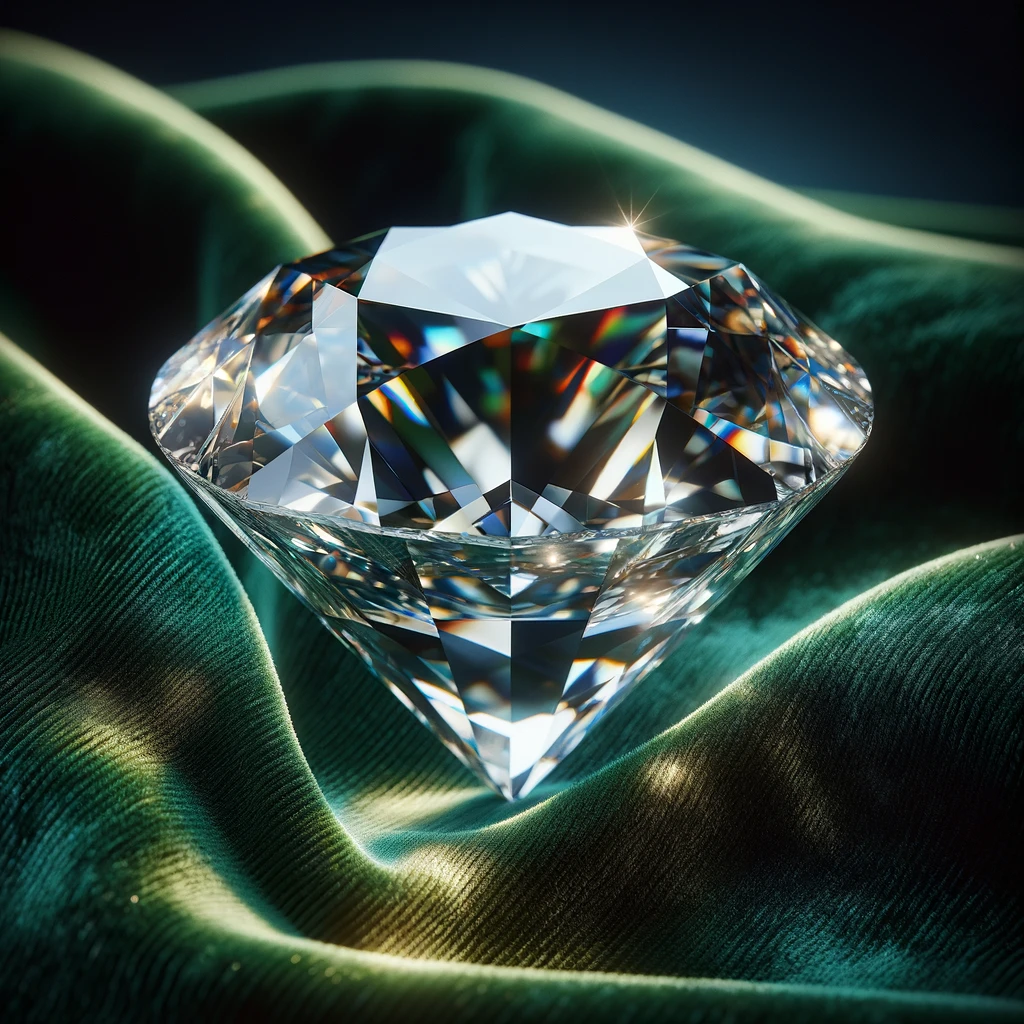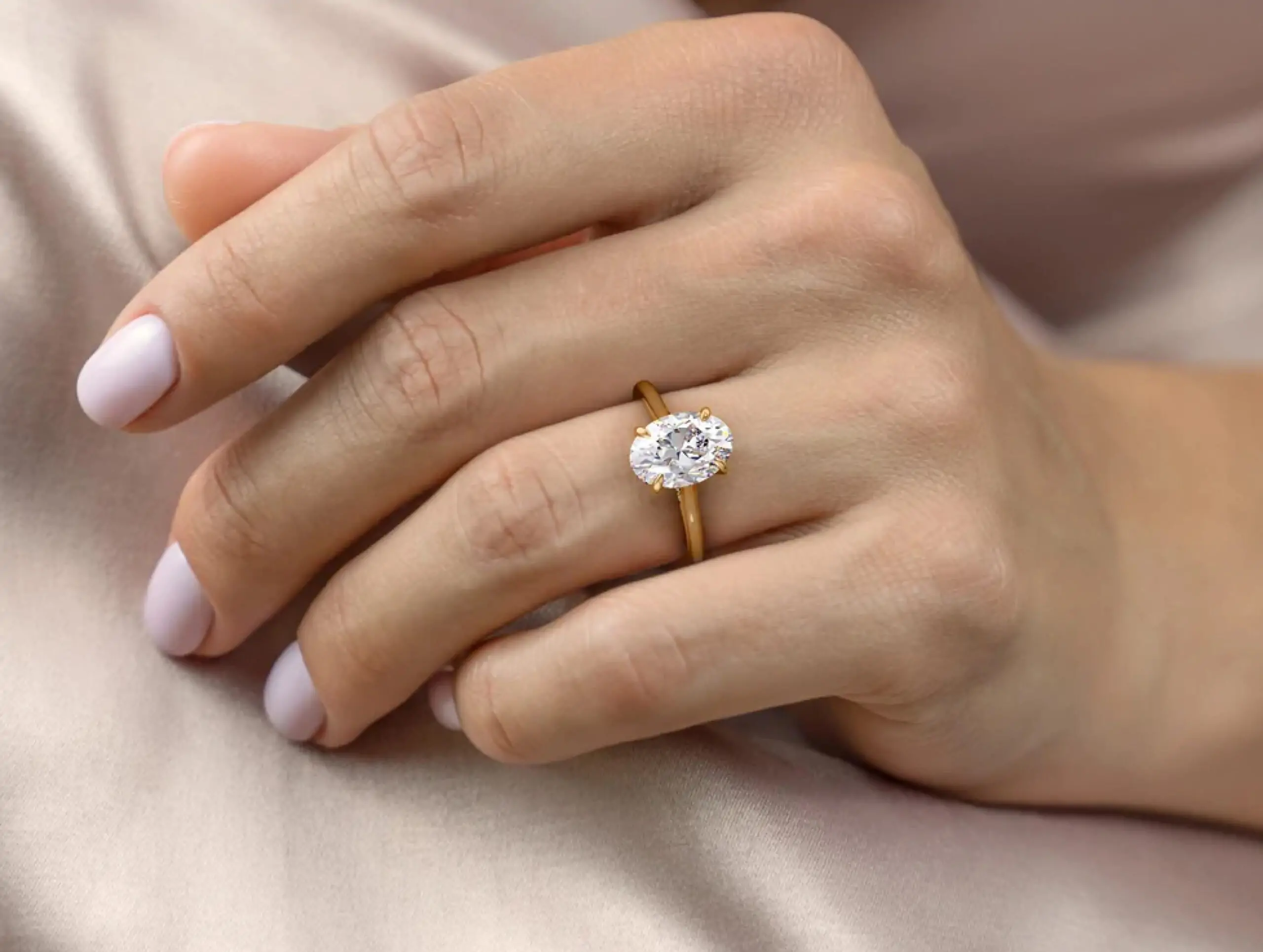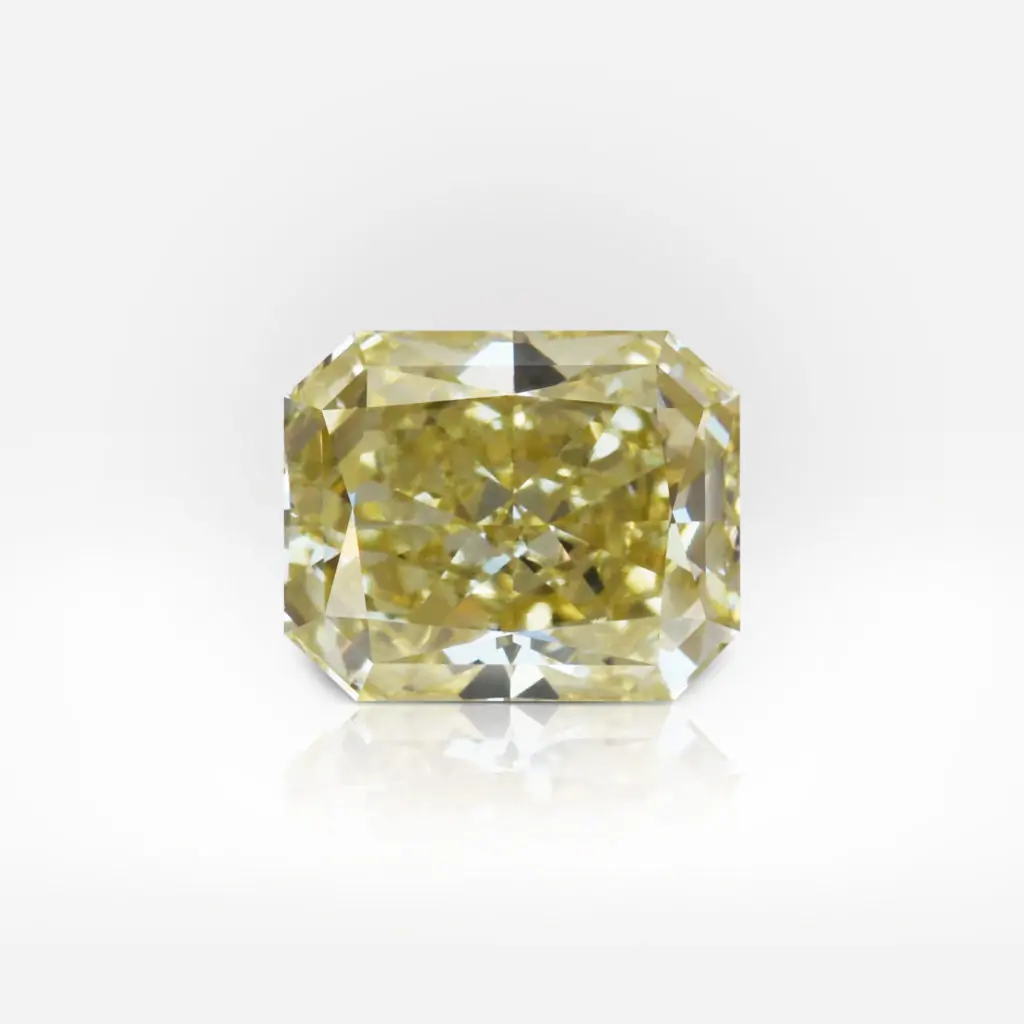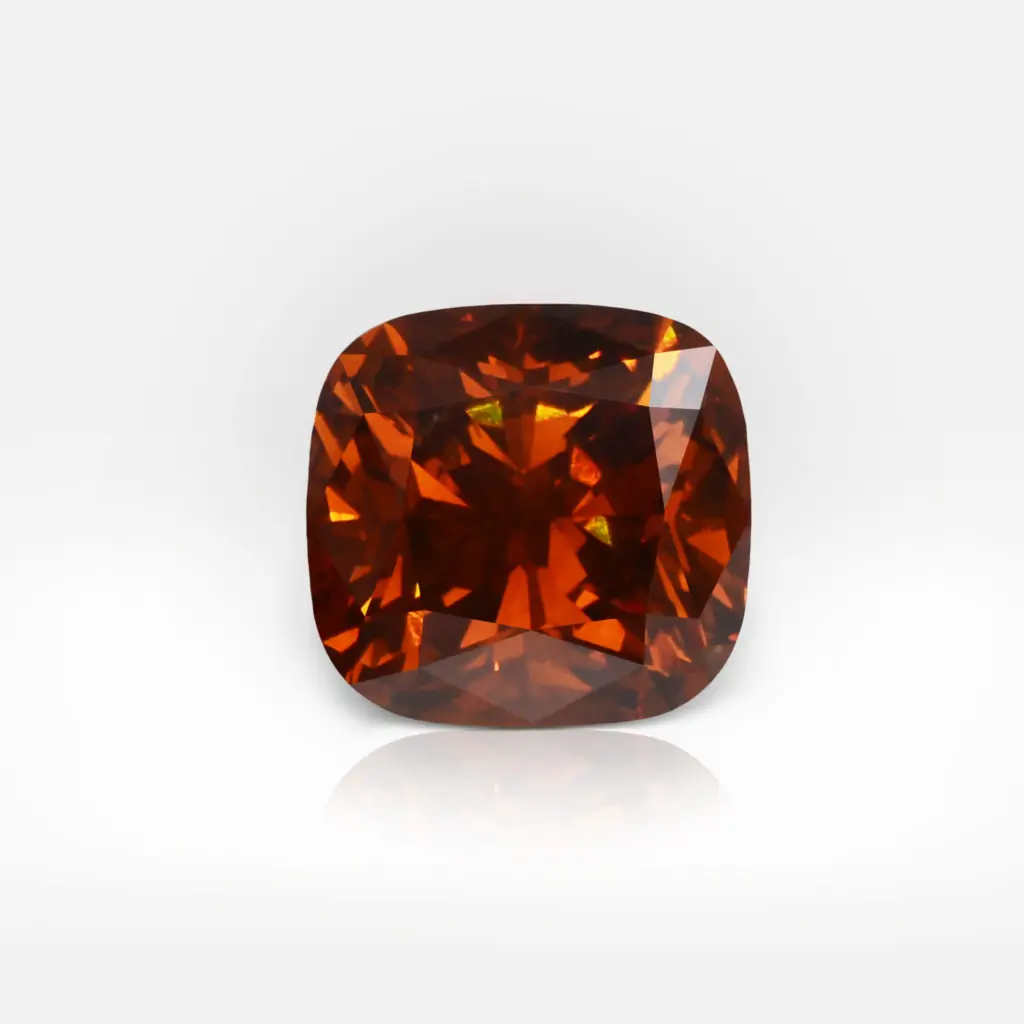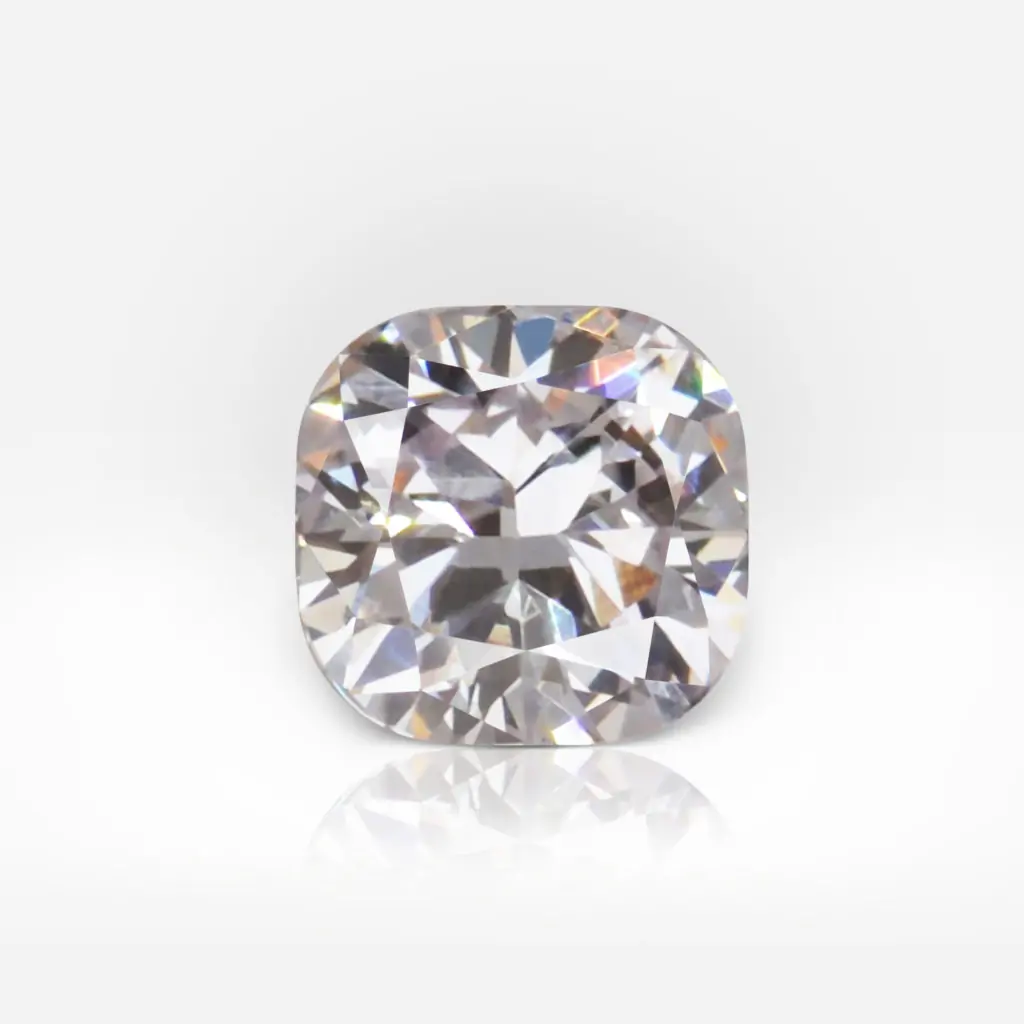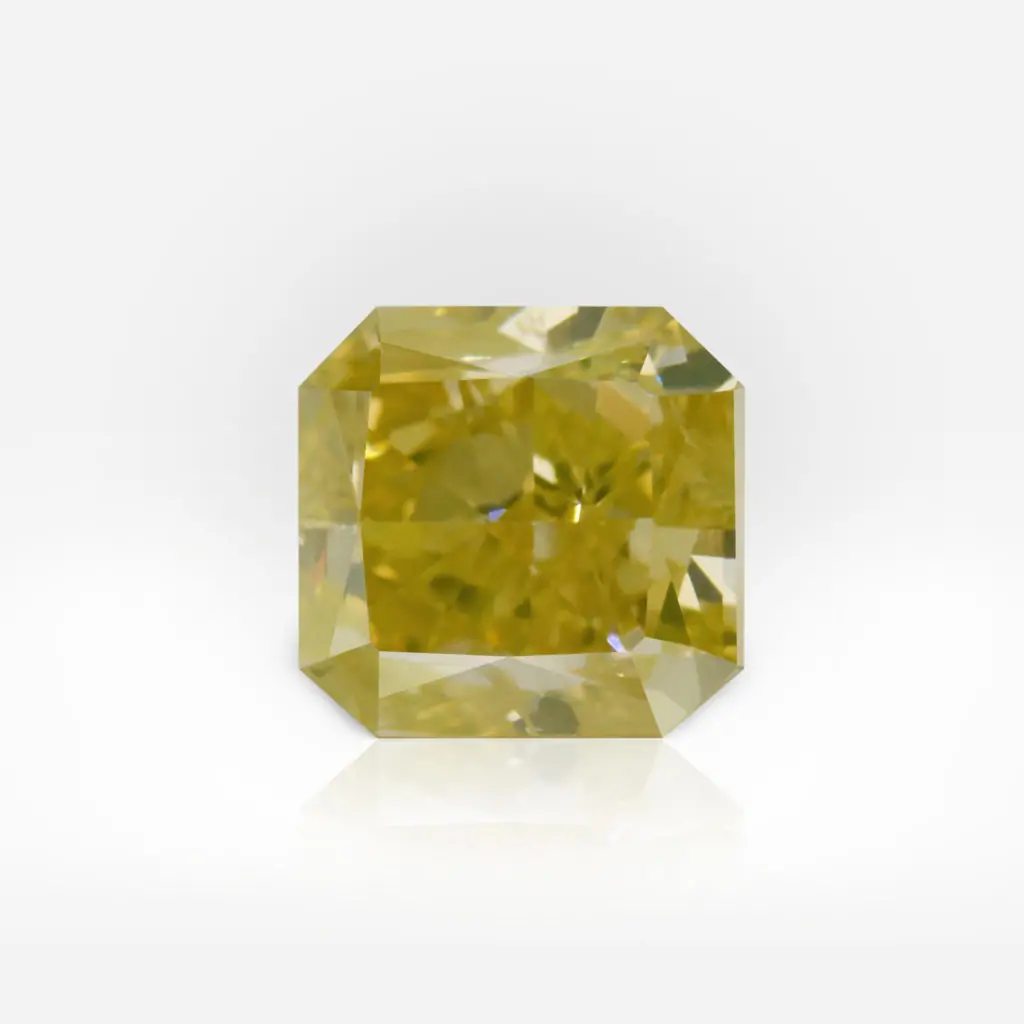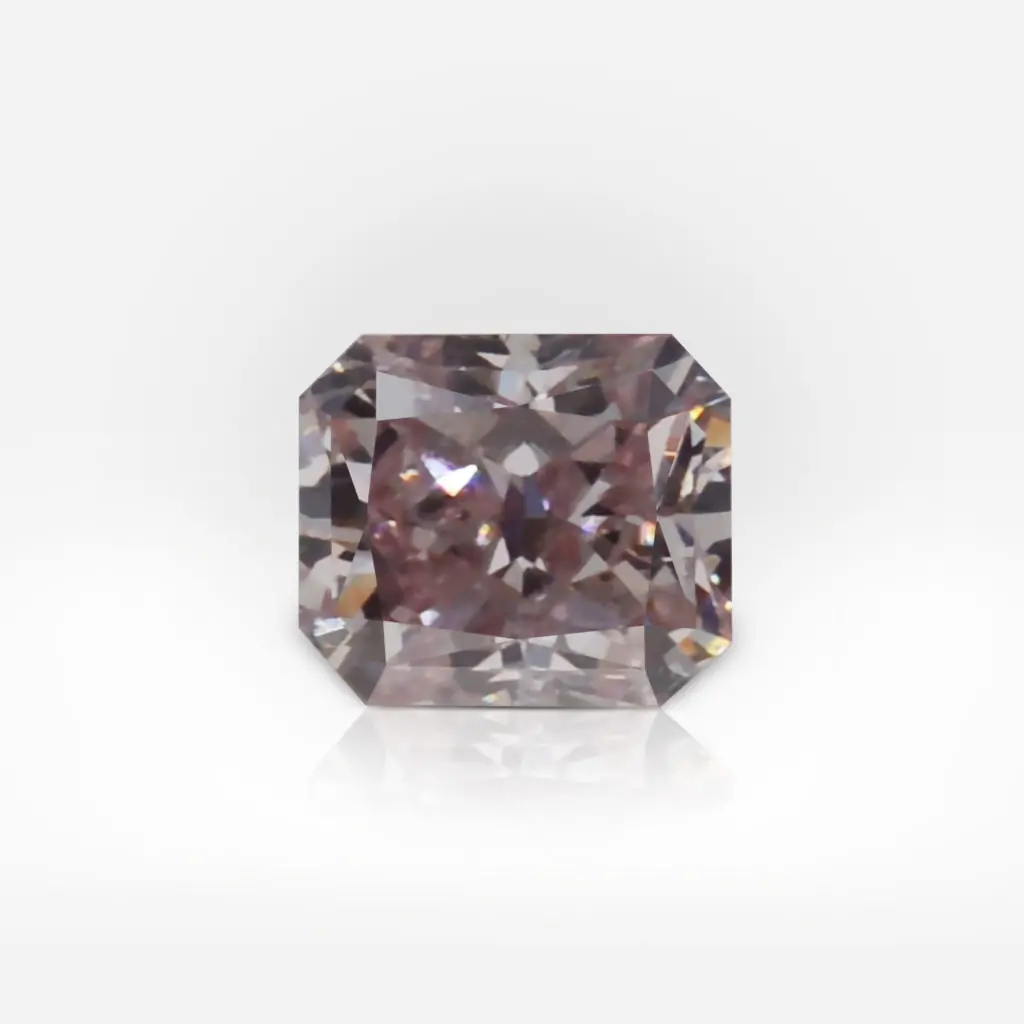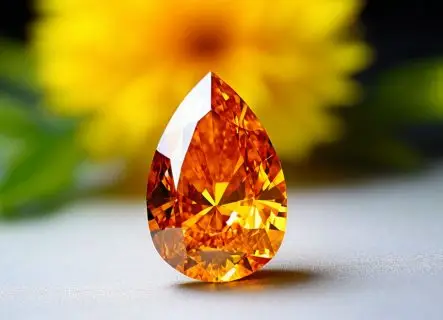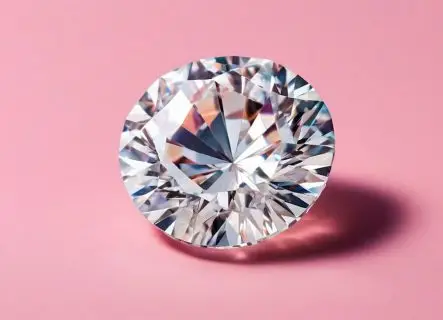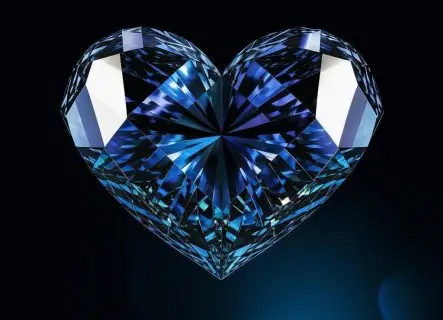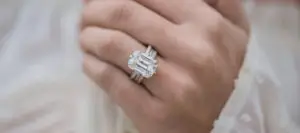
For many years, diamonds have been the center of attention on the planet. People who admire them frequently are unaware of the hidden qualities that belie their remarkable cost and status.
On the other hand, diamonds’ worth and cost are not random phenomena. They are mostly determined by different stone qualities that are only generally understood by experts. Nonetheless, it is also helpful for novices who intend to get a diamond to comprehend the fundamental qualities of this stone. You will, therefore, have the chance to determine whether or not you made a wise agreement.
This article will discuss the Diamond Clarity Scale and specifically address the I1 diamond clarity degree.
Diamond Clarity Scale
It is worthwhile to discuss a little bit about the diamond clarity in general before getting into a discussion about a particular clarity issue. This feature is crucial for any spectacular stone since it indicates how clean the stone is and establishes the type and amount of flaws, blemishes, and faults.
A diamond’s clarity has a direct impact on the stone’s value and, consequently, price.
The GIA developed a Diamond Clarity Scale to provide a more exact description of clarity. This scale is broken down into multiple degrees, ranging from ideal, where there are no inclusions at all, to imperfect, where flaws are obvious.
As one might expect, the most costly and sought-after stones are those that are completely flawless.
And now in order.

The highest clarity grades on the diamond clarity scale are Flawless (FL) and Internally Flawless (IF) stones. Due to their great uniqueness, extreme rarity, and cosmic cost, these stones are incredibly pricey.
Then, with VVS1 and VVS2 degrees, comes the VVS (Very, Very Slightly Included) clarity level. VVS diamonds are nearly imperceptible to the unaided eye due to their minuscule flaws.
VS, or Very Slightly Included, with VS1 and VS2 degrees, is the following stage. This indicates that even though these diamonds have very few imperfections visible at 10x magnification, they are still minor.
Next is the SI (Slightly Included) group, which includes both SI1 and SI2 degrees. Here, ten times magnification makes inclusions visible.
The I (Included) category, which has I1, I2, and I3 degrees, is the last one. Under a 10x magnification, these diamonds’ inclusions are visible, which may significantly reduce their transparency and brightness.
What is I1 diamond clarity?
On the lower end of the diamond clarity scale are diamonds with a clarity degree of I.
I1 is the I (Included) category’s first degree. This indicates that these stones include observable inclusions that can be seen at a 10X magnification using a typical jeweler’s magnifying lens. I1 diamonds are not eye-clean because I1 inclusions are nearly always visible to the unaided eye.
Just so you know, step cut diamonds (emerald, baguettes, or asscher cuts) with I1 clarity very seldom have inclusions because they are so visible. Although oval and cushion cut diamonds are good at hiding flaws, it is nevertheless advisable to consider these shapes when selecting an I1 stone because even in this situation, the stone will not appear flawless.
Not only does the stone become duller in appearance due to relatively significant impurities, but it also loses strength. Despite being the toughest substance, diamonds are nonetheless susceptible to chipping due of the weaker composition of the stone.
Conclusion. Should you buy an I1 diamond?
Knowing your motivation is crucial when selecting an I1 diamond. You’re probably searching for a stone that is less expensive. Naturally, the most significant consideration that must be made is price. But keep in mind that an I1 diamond won’t glitter and dazzle as opulently as other stones with better grades.
To find an I1 diamond that isn’t as dull as it may be, try searching for one. It is highly recommended that you study the stone from all angles and in natural light.
Furthermore keep in mind that any I1 diamond you find won’t be a fantastic choice to be the focal point of any jewelry creation. Take an engagement ring, for instance. You will be able to notice flaws that affect the stone’s radiance and attractiveness. When it comes to reasonably priced eye-clean stones, VS2, SI1, and SI2 diamonds are the greatest options.
I1 diamonds are suitable for smaller stones, such as side stones or those from a pave band. For diamonds under 0.5 ct, there’s really no need to attain a higher clarity grade because the flaws won’t be visible otherwise.
Subscribe to discover the world of diamonds and gems. If you have any questions, please let us know.


